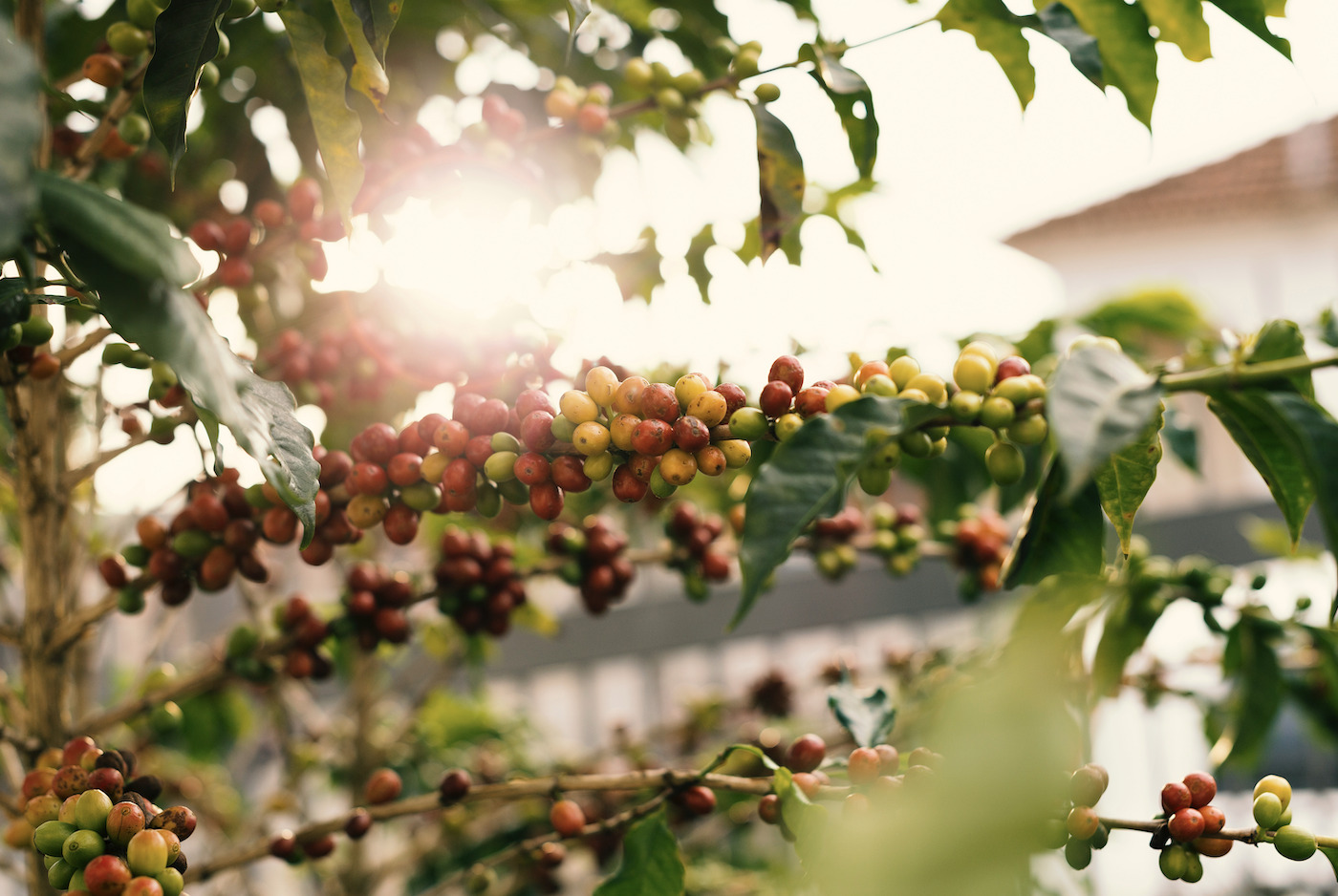Where Coffee Comes from and Which Is Best for You
These days, the vast majority of coffee comes from Brazil, Colombia, Indonesia, Vietnam, and Ethiopia
Coffee trees are producing tiny red fruits called cherries. Originally, beans are coming from Africa or more precisely Ethiopia.
Did you know? The “elixir of life” is a fruit that grows on a tree.

Origin of coffee
According to popular legend, Ethiopian goatherd Kaldi observed his goats prancing and frolicking around (dancing goats).
He knew something unusual was going on. Kaldi discovers that the goats merrily eat the red berries and shiny leaves of an unknown tree.
After a while, a passing monk observed Kaldi and the goats. When he founds out about the berries he came up with the idea of drying and boiling the berries.
The monk thought berries might be the answer to his prayers – to not fall asleep while praying.
All commercially grown coffee is from a region of the world called the Coffee Belt.
Types of Coffee
There are two most important species — Arabica and Robusta.
Arabica brings the highest prices. The better Arabicas are grown between 610 m to 1830 m.
Robusta is primarily used in blends and for instant coffees. Generally grown between 0 m to 800 m and the tree is more resistant to disease and parasites. Requires a lot of watering, for this reason, it could be grown in places with rainfall ranges 1200-2500mm.
Arabica and Robusta differ in taste. Robusta has not only bitter but also stronger and harsher taste compared to Arabica. The main reason for that is twice as much caffeine content.
Processing Methods
There are two main methods of processing coffee cherries. Well, of course, there are a lot more processing methods but we’ll mention the ones that are used most frequently.
Dry Process
Also known as a natural process. Probably it is the oldest method ever used for coffee processing.
With this type of process, cherry stays longer with coffee seed which results in a fruitier profile. After the cherries are picked and delivered to the “coffee station” (the drying area) they start fermenting. Under the hot sun, a lot of things could happen to the cherries.
So “coffee staff” should have constant attention and rotate the cherries. It can take up to four weeks after the fruit is completely dry. Finally, the moisture content of the bean should be 11% after it is ready for export.
Wet Process
The seed is removed from the cherry as soon as possible. Depulper is the name of the machine which removes all the fruit meat before the beans are dried. In the next step, the beans should be moved into the water tank. In this step, fermentation will remove all of the fruity material.
How long does it take? Well, it depends on the climate condition. Usually, it takes up to 3 days.
It’s important to remember, the longer the period of fermenting, the greater impact on the flavor. Of course, the impact could have a negative effect on the flavor. Once the fermentation process is done, beans are ready to be dried.
Which Coffee Is Best for You?
Whether you like your morning coffee to be as dark as possible or you just go for a cup of “bean juice” with milk, there are plenty of possible choices for everyone.
Single-origin coffee is a type that comes from a single producer in one country. Many factors can have an impact on the final flavor (soil type, climate, production, and processing methods).
Blend coffee is a mixture of a few single-origin coffee beans. The main reason producers create this type of coffee is to get their own unique flavor.
Which one is better? Without a doubt, you have to try both of them to find out. Usually, things are going like this, coffee connoisseurs prefer single-origin, while others are going for blends.
So, if you prefer balanced flavors and drink it with milk, you will go for the blend to enjoy the mouth-feel, aroma, aftertaste, good crema, acidity, and smoothness, without bitterness.
However, if you’re still having doubts, read our more detailed article about key differences between single origin and blend coffee.

